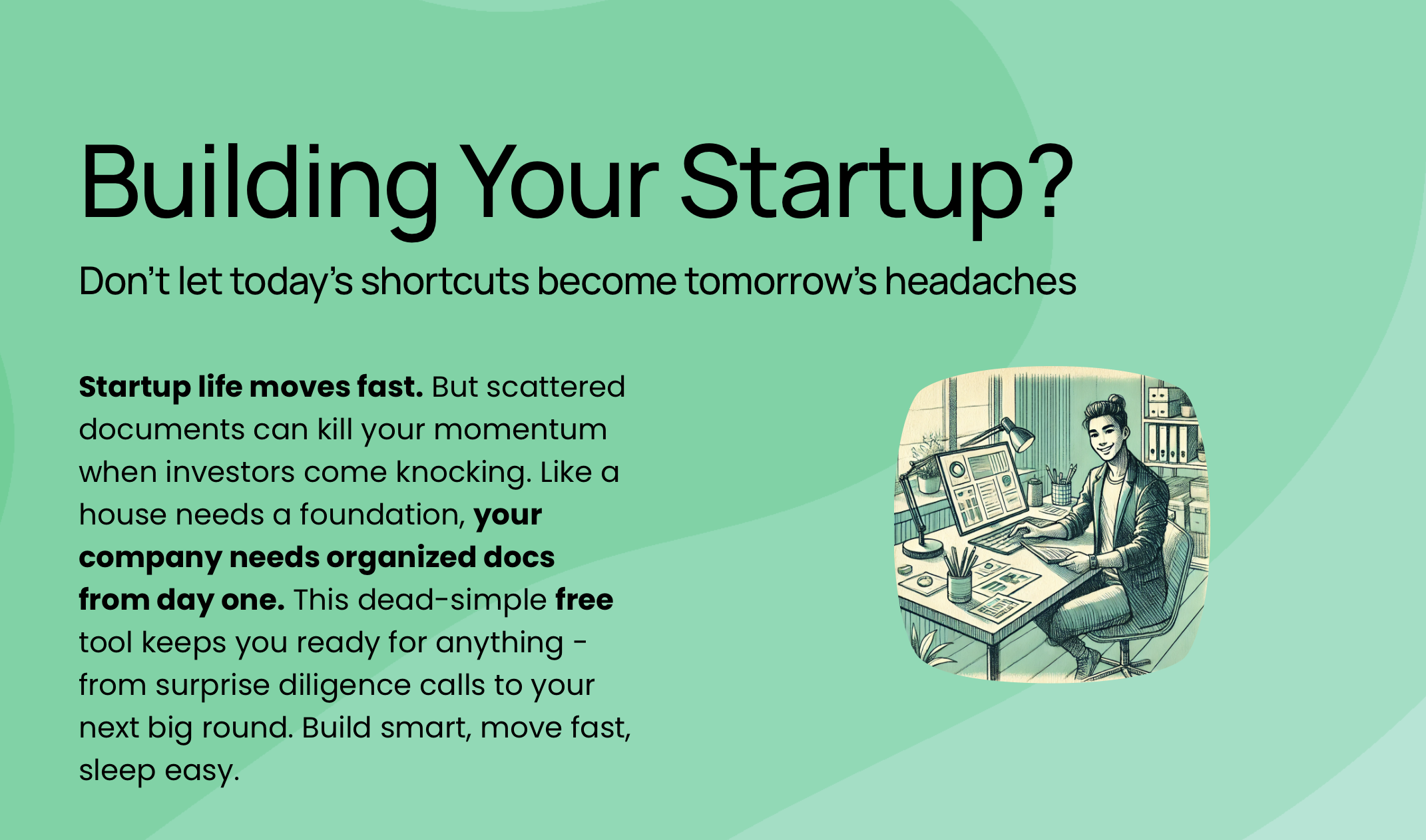Let’s Build it Better
Why does this guy keep helping startups? Because he can’t help himself.
Picture this: you’ve just sold your company. You’re at the “Let me sleep until noon and build a yacht” phase… except the yacht never comes. Instead, you build another business. That’s how Alex Gershenson rolls.
His last act of startup-heroism: co-founder of SupplyShift, a supply-chain-sustainability platform that was acquired by Sphera in early 2024. The exit might have signalled “mission accomplished”—but for Alex, it signalled “phase two.”
Enter his newest creation, Let's Build It Better. The tagline is simple and piercing: “Don’t let today’s shortcuts become tomorrow’s headaches.” The premise: founders are, rightly, focused on building their product, but forget that being a founder also means building a company, and when the big investor, acquirer or auditor comes knocking and chaos ensues. Because building a company means making sure the bones of the company- legal structures, agreements, contracts, and all the other “boring” stuff is as tight as your development pipeline.
What’s going on behind the scenes
Alex says: he’s been in the trenches. He and his co-founder at SupplyShift discovered the hard way that skipping documentation wasn’t saving time—it was borrowing future pain.
The toolkit offered by Let’s Build It Better gives you ready-made folder structure, checklists and steps so that when your Series A or exit steamroller shows up, you’re not tossing files onto a table like confetti.
The message: yes, you’re focused on product-market fit, growth, iteration. But yes, you also need your paperwork game tight. Because disorganization slows you down, costs you money and adds stress.
Why this matters (and why it screams “founder’s version of an OCD superhero”)
Founders tend to glory in chaos. “Pivot fast! Move fast and break things!” is the battle cry. But Alex argues: what if you moved fast and built stable foundations alongside the fire-hose of product progress? He’s betting that the difference between the “cool startup that died” and the “cool startup that got acquired” is three parts obsession with product and one part obsession with structure.
He watched companies lose deals because they couldn’t pull together a data-room, because their supplier contracts were written in Word docs named “FINAL_final_v2_really_thisone.” And he doesn’t want that for you.
What to take away
If you’re starting up and you’ve got a million things screaming for your attention—fundraising, user-growth, hiring—here’s a rebel whisper from Alex’s new chapter:
Don’t treat documentation and process as afterthoughts. They’re not boring—they’re the engine oil. Your future self (and your acquirer, if you play that long-game) will thank you.
So yes: Alex Gershenson just can’t help himself from helping other entrepreneurs. He sold a company, cleared the mountains, and now he’s trekking back downhill carrying a rope and harness so you don’t wipe out on the climb.
If you’re building something, and you’ve ignored “folders” and “checklists” because they felt lame—maybe they were. And maybe they’re also the thing that keeps you from scrambling in the middle of the night down the road.


